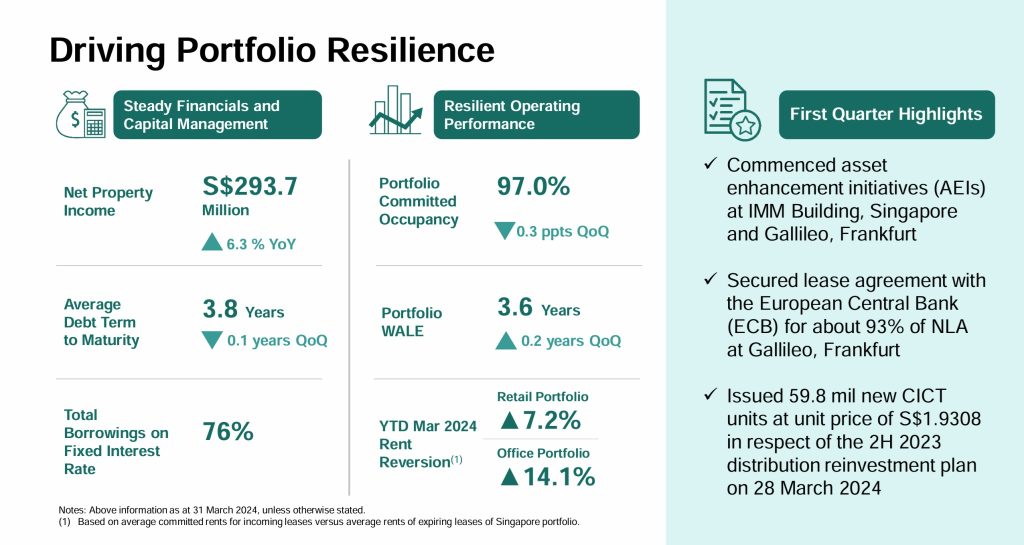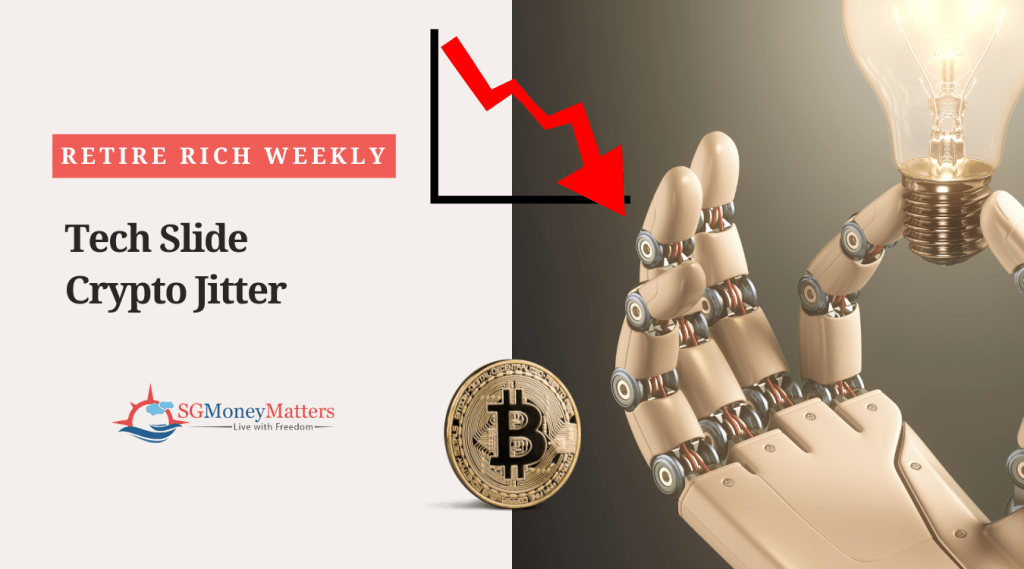 The last time the U.S. raised interest rates was from June 2003 to June 2006. The Fed raised rates by a total of 4.25 percentage points to 5.25%. (Hard to believe people are worried that the rate is now a whopping 0.5%.) During that time, markets in Singapore actually rose. The STI index went up 61%. The rest of Asia also performed well, with the MSCI Asia ex-Japan index rising 86% during the period.
Before that, the U.S. tightened interest rates from October 1998 through May 2000. At that time, the Fed increased rates by 1.75 percentage points, to 6.5%. What happened in Singapore? The stock market jumped 128%. And in the rest of Asia, the MSCI Asia ex-Japan index rose 90%.
Finally, from January 1994 through February 1995, the U.S. hiked rates three percentage points, to 6%. This time, the STI struggled, falling 11.3%. But it did better than most Asian markets. The broad MSCI Asia ex-Japan index fell nearly 22%.
This chart gives more detail of how the STI has done at different U.S. Fed rate levels.
The last time the U.S. raised interest rates was from June 2003 to June 2006. The Fed raised rates by a total of 4.25 percentage points to 5.25%. (Hard to believe people are worried that the rate is now a whopping 0.5%.) During that time, markets in Singapore actually rose. The STI index went up 61%. The rest of Asia also performed well, with the MSCI Asia ex-Japan index rising 86% during the period.
Before that, the U.S. tightened interest rates from October 1998 through May 2000. At that time, the Fed increased rates by 1.75 percentage points, to 6.5%. What happened in Singapore? The stock market jumped 128%. And in the rest of Asia, the MSCI Asia ex-Japan index rose 90%.
Finally, from January 1994 through February 1995, the U.S. hiked rates three percentage points, to 6%. This time, the STI struggled, falling 11.3%. But it did better than most Asian markets. The broad MSCI Asia ex-Japan index fell nearly 22%.
This chart gives more detail of how the STI has done at different U.S. Fed rate levels.
 Of course, every market situation is different. Interest rates are only one of the many variables that decide what markets will do. The local market environment, valuation levels, domestic and foreign market sentiment, and a host of other factors can have at least as big an influence as U.S. interest rates.
Why did the Singapore market fall in 1994-1995? One of the key factors then was that the Federal Reserve’s tightening cycle caught investors by surprise – unlike the two previous periods, when the Fed clearly telegraphed its intentions. The one thing that any market dislikes is surprise.
The past is not a prologue for markets. And this time around, the Fed’s quantitative easing effort has changed the rules of how markets react to central bank policy. But the conventional wisdom that rising U.S. interest rates are bad for markets has been wrong in the recent past. And there’s no reason that higher rates will be bad this time either.
So don’t make rising U.S. interest rates a reason to sell.
Of course, every market situation is different. Interest rates are only one of the many variables that decide what markets will do. The local market environment, valuation levels, domestic and foreign market sentiment, and a host of other factors can have at least as big an influence as U.S. interest rates.
Why did the Singapore market fall in 1994-1995? One of the key factors then was that the Federal Reserve’s tightening cycle caught investors by surprise – unlike the two previous periods, when the Fed clearly telegraphed its intentions. The one thing that any market dislikes is surprise.
The past is not a prologue for markets. And this time around, the Fed’s quantitative easing effort has changed the rules of how markets react to central bank policy. But the conventional wisdom that rising U.S. interest rates are bad for markets has been wrong in the recent past. And there’s no reason that higher rates will be bad this time either.
So don’t make rising U.S. interest rates a reason to sell.
This article is contributed by Kim Iskyan, the founder of Truewealth Publishing (www.truewealthpublishing.asia





